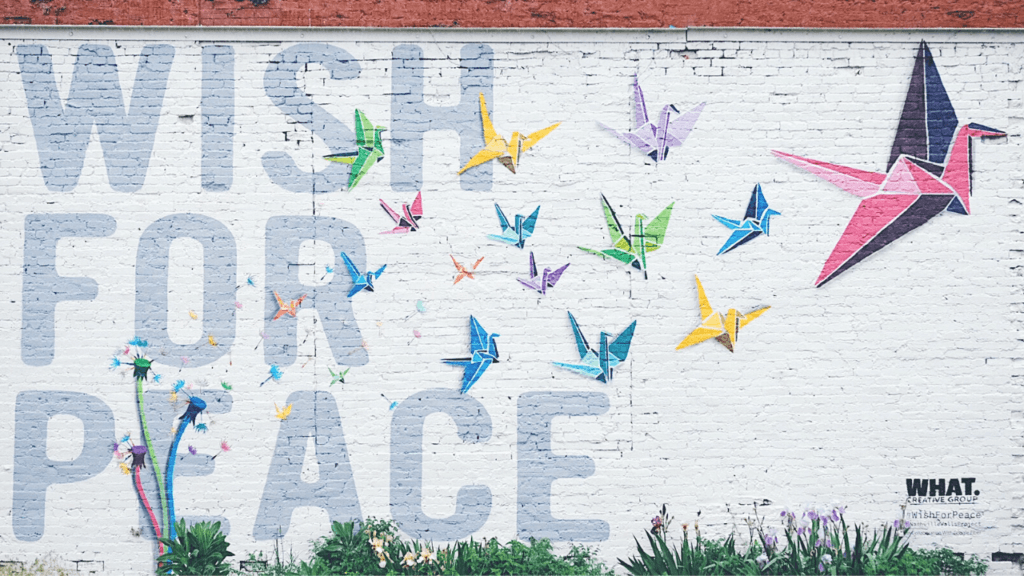In times of stress and overwhelm, our brain naturally triggers physical fight-or-flight responses. This is our reptilian brain at work – even though we may not need to physically escape the threat of a predatory animal. Read 3 tips on how to use mindfulness practice to work with this natural response to overwhelm.

In times of stress, our brain naturally triggers physical resources to respond to perceived threats. When we’re experiencing the emotional feelings of stress or overwhelm, those aren’t the resources we particularly need – in the same way we might if we were running from a threatening animal. Nevertheless, that physiology is at work, so we often feel the overwhelm in the body – through quickening, tightening, etc.
In these situations, we can first pause and notice what’s happening in the body – notice how the stress manifests in the body, e.g., tightening, sweating. Then, we can respond through the language of senses (the language of our “reptilian brain”) – with physical and sensory practices. We can also use the senses to orient toward what is pleasant. Alan explains three exercises to put this to practice.
3 Mindful Exercises for Overwhelm
1: Focus on your breath.
Notice breathing, one breath at a time – the natural in and out of the breath. When we are in a state of anxiety, breathing and concentrating on the breath can sometimes make us feel worse– if you experience this, pause and try another strategy.
2: Try a hug, squeeze, or tap.
In the video, Alan explains the concept of “soothing touch.” Try a gentle squeeze or a simple tapping technique on your arms. You might enjoy placing one hand on the chest or on the belly.
3: Sense what’s happening around you.
We can also go outside the body and take in the visual field and the field of sound. Notice colors and shapes around us, or bring our awareness to three sounds that we hear.
Remember, if any of these exercises amplify the sense of overwhelm, give yourself permission to try another practice, or bring some movement into your body through a walk, yoga, or other exercise.
Article continues below
Change the future of education. Educators, explore how to bring mindfulness to your K-12 classroom.
Alan Brown is the Lead Teacher of the Mindful Schools Mindful Teacher Certification Program. He is a longtime educator and serves as Director of Integrative & Co-curricular Learning at Grace Church School in New York City, where he leads mindfulness & positive education programs for students, faculty, and for parents. Diagnosed with Tourette’s Syndrome in middle school, Alan came to mindfulness through yoga and a search for stillness in the body and regulation in the nervous system, so he has a keen interest in working with students with TS, ADHD, OCD, and other nervous system vulnerabilities. Over the past 15 years, Alan has taught in both public and private settings as a humanities instructor and dean, and has worked with many other schools and districts as a trainer for GLSEN (the Gay Lesbian Straight Education Network), where he now serves on the National Advisory Board.
About Mindful Schools
Mindful Schools – a 501(c)(3) nonprofit organization – has trained more than 50,000 teachers, school leaders, and education professionals who are dedicated to preparing students with critical life skills to positively shift the outcomes for an entire generation. Learn more about Our Programs.

